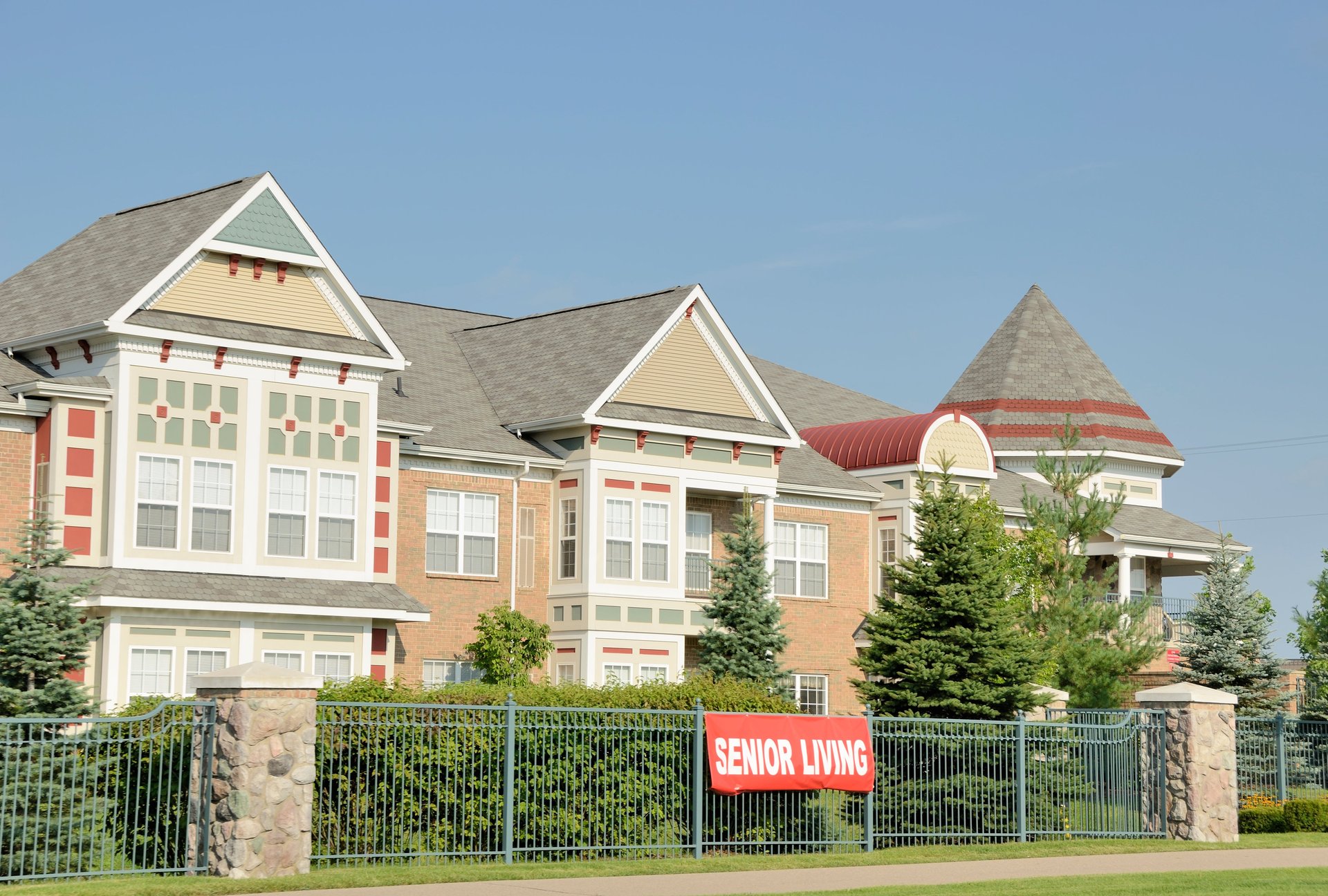The differences between nursing homes, assisted living, and “life plan communities”
The senior housing market can be bewildering to newcomers, partly because not everyone within it speaks exactly the same language. The terminology for the wide range of arrangements can vary slightly between businesses, states, and countries.


The senior housing market can be bewildering to newcomers, partly because not everyone within it speaks exactly the same language. The terminology for the wide range of arrangements can vary slightly between businesses, states, and countries.
To help you sort it out, here is a glossary of the categories common across the US industry:
Skilled nursing facilities
A skilled nursing home is typically used for short-term stays, both by seniors who need help with daily activities and have medical needs and by short-term rehabilitation patients who are coming out of the hospital. The services here for seniors are typically covered by Medicare, but for limited periods. In addition to their titular professionals, these institutions employ other medical specialists, like speech pathologists, social workers, and physical therapists.
Nursing homes
Nursing homes are where seniors in need of constant care or supervision can go to live indefinitely. They will have fewer specialists on staff. Medicaid will cover nursing home care if you qualify for it. If not, average fees in the US reach an average $7,513 per month for a semi-private room.
Assisted living facilities
These hotel- or resort-like senior residences are essentially “private pay,” meaning the consumer foots the bill without any government assistance. (In a few states, Medicaid will reimburse providers for part of the cost of assisted living, but usually in small amounts.) Seniors in assisted living often need help managing their medications, or getting dressed, or bathing safely, but only require medical attention occasionally.
Assisted-living homes are far less regulated than nursing homes and are governed only by state (or, in Canada, provincial) and not federal authorities. The looser regulations can also allow for a higher risk of recklessness. On the upside, they also mean that an older person can live in a room with carpets, ambient lighting, and their personal effects, like an Amazon Alexa-enable device or digital keyboard, which may not be allowed in a nursing home. (To be fair, some progressive nursing homes are overhauling the quality of day-to-day experiences and the culture, but they remain a minority.)
The cost of living in assisted living varies by geography, but averages $4,051 per month in the US, according to GenWorth’s 2019 price survey. That fee usually includes rent, three meals a day, snacks, daily care, and “life enhancement” programs and entertainment. The highest of high-end assisted-living homes now arriving in cities like New York and Chicago may charge more than $20,000 per month.
Memory care
Most assisted living homes include at least one memory-care floor or wing for people with dementia. To prevent residents from wandering out into the world—often in a bid to go home—and getting lost, this space will be secured by a keycode or fob-controlled elevator or door. But memory care is more expensive, at a mean rate of about $6,300 per person, per month, according to figures from the nonprofit National Investment Center for Seniors Housing & Care (NIC). In recent years, more developers have been building Memory Care standalone properties, some with progressive Alzheimer’s-specific programs and design.
Independent living
Seniors who have few health concerns, but no longer want to live alone or in a house that’s progressively more difficult to maintain with age, might choose independent living, at the average cost of $2,552 per unit. These suites or apartments typically come equipped with kitchenettes and may include a private balcony or garden. Residents can come and go as they please and might choose to pay for meal service or medication management, as needed.
“Active adult” or “independent living light”
Senior Housing News editor in chief Tim Mullaney calls this “a growing part of the market, where it’s really more of a lifestyle play.” And the lifestyles can get niche: For example, in Florida, singer Jimmy Buffett’s Margaritaville company has partnered with Minto Communities to launch Latitude Margaritaville, for seniors “age 55 and better” (according to the marketing copy) who perhaps feel called to live on sponge cake and watch the sun bake while “wastin away,” like the protagonist of the 1977 Buffett hit for which the project is named.
Continuing care residential communities (CCRCs)
In CCRCs, which are also known as life plan communities, clients have access to independent, assisted, and memory-care levels of care. Someone might move into an independent living “neighborhood,” as a wing of senior housing is often called, but eventually relocate as their care needs change. Unlike standard assisted-living homes which follow a fee-for-service price structure, CCRCs charge hefty entry fees that can range from $100,000 to $500,000, but guarantee the customer care for life and a refund of any money that remains unused when someone moves out or passes away, in which case the returned capital goes to the estate. Even after paying the entry fee however, a customer will pay monthly dues for meals and services, for instance.
Some properties allow a customer to lay down less money at the beginning, with the caveat that care services will be limited to a certain threshold, after which the customer agrees to pay extra.
Home care
Hiring a caregiver to come into your home may make the most sense when an older person needs a few hours per day of assistance and has a support network that prevents them from spending too much time alone otherwise. Medicaid covers various community or in-home health services for those who qualify. For those who don’t, paying out of pocket can quickly add up: the average cost of care is currently $4,385 a month, for 44 hours of care per week.
MyLifeSite.net (Helps consumers compare continuing care retirement homes)